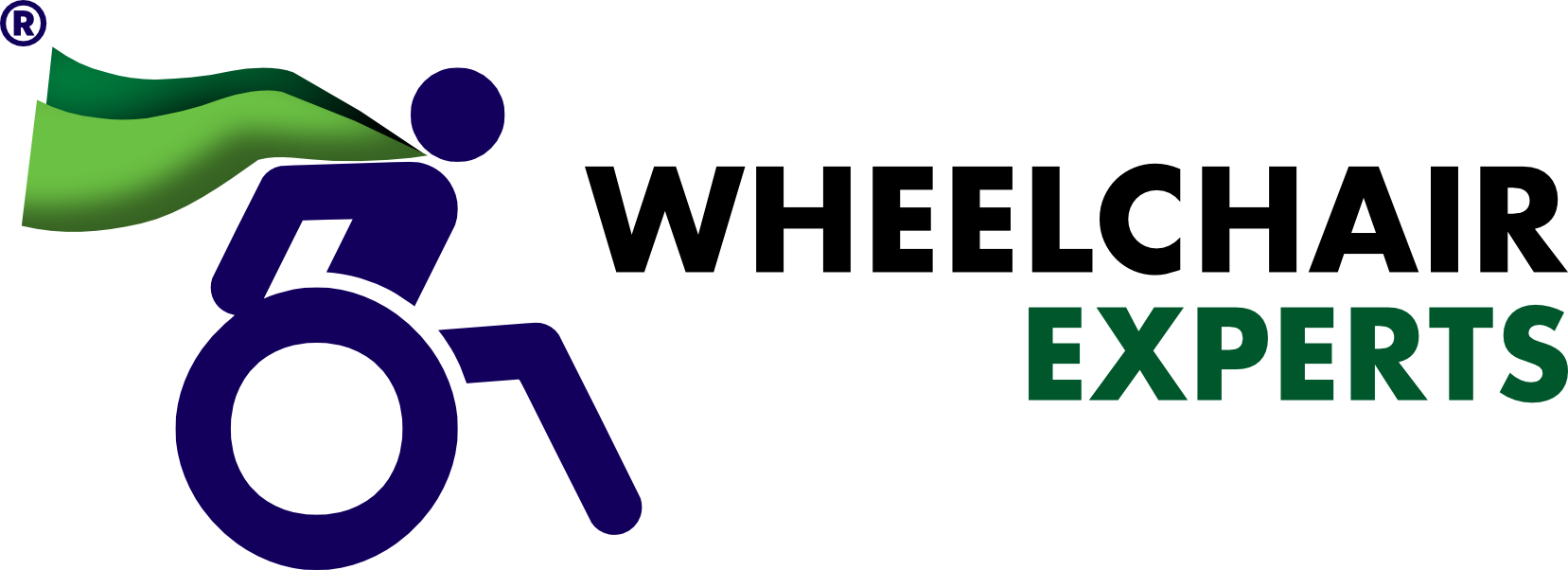 Most disabled people have heard of the Medicaid Buy-In program, but they don’t know how to enroll, stay enrolled or capitalize on the financial freedom the program can bring.
Most disabled people have heard of the Medicaid Buy-In program, but they don’t know how to enroll, stay enrolled or capitalize on the financial freedom the program can bring.
As a C4-5 quadriplegic and full-time medical malpractice attorney, I rely heavily on my state’s Medicaid Buy-In program so I can simultaneously work and maintain my healthcare benefits. Medicaid Buy-In allows employed workers with disabilities to keep our benefits while earning above a particular state’s Medicaid income limits. Considering that these limits are low no matter where we live, Buy-In programs are often the best way for us to earn a living wage without losing needed medical coverage.
In the late 1990s, Congress passed two laws that allow states to create their own Medicaid Buy-In programs. States can choose limits on an enrollee’s age (typically 16 to 64), how much they can earn (income) and save (assets), whether or not their spouse’s income and assets are counted, and the amount they pay in monthly program premiums.
Below are answers to five frequently asked questions about Medicaid Buy-In.
1. How do I know if I’m eligible?
First, your state must have its own Medicaid Buy-In program. As of 2020, the only ones that don’t are Alabama, Florida, Hawaii, Oklahoma and Tennessee. The District of Columbia doesn’t have one either. Then, you must have a qualifying disability that meets Social Security’s definition, such as most spinal cord injuries. Finally, eligibility is determined by whether you meet your state’s unique Medicaid Buy-In rules and requirements.
For example, I live in Maryland and our program is called Employed Individuals with Disabilities. The 2020 rules require an enrollee to:
• Be between 18 and 65 years old.
• Be a U.S. citizen or qualifying non-citizen.
• Meet Social Security’s disability definition.
• Work for pay and earn less than $3,123 per month if single, or $4,228 per month if married.
• Have less than $10,000 in countable resources if single, or $15,000 if married. Examples of countable resources include cash, bank accounts and investments. Examples of exemptions to countable resources include your home, most items in your home, and your car.
• Pay a monthly premium based on earnings. These typically range from $0 to $25, $40 and $55.
Some states, such as Virginia and New Jersey, have very limited time and income windows for enrollment. This makes it even more important to know the eligibility rules prior to gaining employment.
2. How much can I make?
To answer this question, it’s important to understand the difference between earned income and unearned income. Earned income is your salary and unearned income is everything else, including your Social Security benefits. Both types are treated differently during the monthly income calculation process. Most states deduct 50% of earned income and 0% of unearned income. This means that if you have zero dollars of unearned income and 100% of earned income, then you can earn twice the allowed amount.
Those enrolled in Maryland’s Medicaid Buy-In with 100% earned income can make around 2 x $3,123 = $6,246 per month if single or 2 x $4,228 = $8,456 per month if married. There are a few other smaller deductions applied to the calculation and other ways of reducing earned income through impairment related work expenses. As of 2020, a non-married person in Maryland with zero unearned income can earn up to $77,556.
3. How do I stay eligible once enrolled?
Once again, most states create their own unique rules and requirements for their programs. Maryland does an annual checkup on me and requests my previous year’s tax returns, monthly salary, bank statements, any other money-related accounts and all deductions that apply. By providing all of this required documentation, I have remained enrolled in my state’s Medicaid Buy-In program for the last six years.
4. How can I learn about my state’s Medicaid Buy-In program?
Visit SPINALpedia.com/Employment/MedicaidBuyInList.
5. Can someone help me enroll in my state’s Medicaid Buy-In program?
Yes, you can email me at josh.basile@gmail.com to receive free job mentoring and to be matched with a free disability employment benefits counselor. I am here as a resource, so you are not alone in your pursuit of employment. You can find more resources about Medicaid Buy-In programs at SPINALpedia.com/Employment/MedicaidBuyIn.
** This post was originally published on https://www.newmobility.com/2020/04/medicaid-buy-in/

